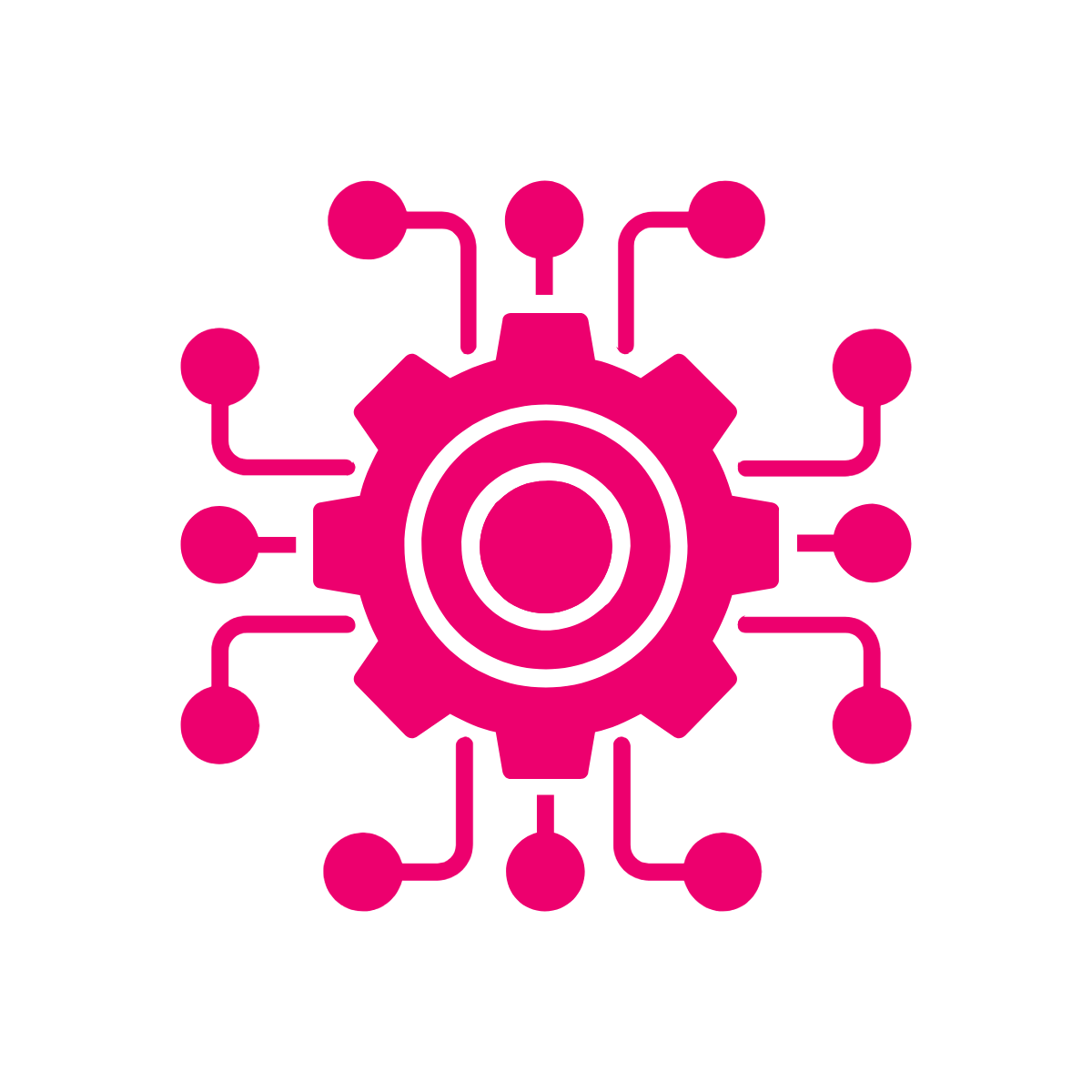When global IT consultancy Cognizant Netcentric was brought into a fast-paced CMS project at one of the world’s largest chemical companies, they faced a daunting challenge: no automated tests, weekly deployments, and a single QA engineer responsible for quality across a team of 20+ developers. Traditional tools weren’t going to cut it.
Enter Applitools Autonomous, the AI-augmented testing tool that allows teams to build, execute, and analyze end-to-end tests without test flakiness, hallucinations, or infrastructure overhead. Within weeks, Cognizant Netcentric created an automated regression suite from scratch, reducing testing time, eliminating manual bottlenecks, and significantly increasing release confidence.
About Cognizant Netcentric
Cognizant Netcentric is dedicated to building scalable Adobe solutions that empower brands to connect with their customers through business-critical digital experiences. Leveraging its proven expertise and multiple Adobe Specializations, Cognizant Netcentric utilizes cutting-edge technology and innovative ideas to address unique digital marketing challenges such as this one. As a trusted business partner, Cognizant Netcentric guides businesses through every step of the transformation process from strategy to implementation to support success in the AI era.
In this project, the Cognizant Netcentric team was embedded directly within the global chemical manufacturing leader, working on a CMS platform built with Magnolia, outside of Cognizant Netcentric’s typical Adobe-based stack.
Unlike most Cognizant Netcentric projects that come with full QA and dev teams, this engagement placed Francisco Nobre, a Senior QA Engineer, as the sole tester on a rapidly evolving product with no automated coverage.
The Challenge: One QA, 20+ Developers, and No Automation
Cognizant Netcentric typically delivers pre-assembled teams that include multiple QAs, developers, and business analysts. But in this case, the engagement model was different. Nobre was embedded as the solo QA Engineer within a development team of more than 20 people, working on a content management system built on Magnolia CMS, not Adobe, Cognizant Netcentric’s usual specialty.
For the first several months, testing was entirely manual. “Everybody was testing everything,” Nobre said. “Developers were opening bugs, doing ad hoc QA. It was a big mess.”
Despite fast-paced weekly releases, there was no regression suite, no test automation framework, and no time or resources to build one from scratch using traditional tools.
Manual Bottlenecks
There were no automated tests. For the first six months, everyone—from developers to business users—was testing manually. This led to inconsistent bug reports, wasted time, and unscalable QA practices.
No Infrastructure Support
There was no DevOps or CI/CD infrastructure available for automated testing. Nobre lacked the manpower to set up pipelines, maintain test servers, or manage deployments.
Solo QA Coverage
Nobre was the only dedicated QA on the project. Balancing manual testing, test strategy, and automation development was unsustainable.
Limited Coding Capabilities
While the chemical manufacturer had previously adopted Applitools Eyes, it had fallen out of use. The development team, facing a demanding release schedule, simply lacked the time and resources to establish a sustainable, long-term testing process. Implementing a testing approach that could be maintained by anyone, even team members without coding capabilities, became urgent.
Cognizant Netcentric’s testing turnaround started when Applitools introduced Autonomous, the AI-augmented testing tool that lets teams build, execute, and analyze end-to-end tests without writing brittle scripts or maintaining flaky infrastructure.
The chemical manufacturer also selected Playwright as a complementary automation tool for handling complex test scenarios, such as background authentication. This dual-tool approach ensured flexibility while ensuring fast, scalable, and comprehensive test coverage across both straightforward and technically demanding use cases.
Nobre began building tests immediately. In just a few weeks, he created automated regression coverage for 30 core features—something that would’ve taken months using code-based tools.
Faster Test Creation, Without the Headaches
Nobre began building tests with Autonomous immediately. Within the first month, he had coverage for 30 distinct features—triple what he could do with Playwright at the same time.
“With Playwright, I’d get maybe 8 features covered in a month, and each test could take three to four days,” he said. “With Autonomous, some tests only took a few hours. That’s a game changer when you’re the only QA.”
While he continues to use Playwright for a few edge cases, Nobre estimates that 80–90% of their automation today is handled by Autonomous. The platform’s plain English syntax, visual assertions, and recorder made it possible to move quickly without writing and debugging code.
Easy to Learn, Even for Non-Testers
As the sole QA, Nobre also had to plan for coverage during time off. He trained a non-QA colleague—someone without any experience in automation or scripting—to use Autonomous for basic tasks like triggering tests, checking results, and reviewing visual diffs.
“He’s not a tester, but he learned it fast,” Nobre said. “In fact, he even started adding tests himself without telling me. That shows you how accessible the tool is.”
It’s a use case that wouldn’t be possible with code-based frameworks. “If I had to train him on Playwright, it would’ve taken a month, assuming he wanted to learn how to code at all.”
No Infrastructure, No Delays
One of the biggest advantages Nobre cited was how Autonomous eliminates the need for custom infrastructure. All tests are built, executed, and scheduled entirely in the cloud.
“I’m not a DevOps expert,” Nobre admitted. “Setting up a pipeline with Azure DevOps could take days. With Autonomous, I just schedule the test, and it runs. I haven’t had a single issue in nearly a year.”
Regression tests now run automatically every Monday and Thursday. A suite of 68 tests with 670 visual checkpoints completes in just 7 minutes. “That kind of speed is not possible with our previous tools,” Nobre noted.
The Results: Faster Testing, Lower Costs, and Broader Involvement
With Applitools Autonomous, Cognizant Netcentric built an automation framework from scratch—without infrastructure, without a team of engineers, and without compromising on speed or accuracy.
- 3x Faster Test Coverage: Autonomous enabled Nobre to create three times as many tests per month compared to traditional frameworks.
- Zero Setup Time: No pipelines. No deployments. All testing is executed in the cloud with just a few clicks.
- <7 Minute Test Cycles: A full regression suite with 68 tests and 670 visual assertions runs in minutes.
- Staff Augmentation Avoided: Without Autonomous, Cognizant Netcentric would have needed to hire one or two additional QAs to maintain pace. Instead, one engineer and one non-QA backup covered the team.
- More Bugs Caught: Autonomous has identified dozens of visual and functional defects before production, including page crashes and blank screen failures that previously went undetected.
- Empowered Non-Testers: Non-technical team members now contribute to test coverage without needing to write code. “He even adds tests on his own now,” Nobre said about his colleague.
Moving Forward
Cognizant Netcentric’s success with Applitools Autonomous on the project has sparked broader interest across the organization. Francisco Nobre continues to advocate for adoption within Cognizant Netcentric’s 100-person QA community and will be supporting teams as they onboard with the platform.
His advice for teams considering adopting Autonomous?
“Just go for it. Especially if you don’t have automation in place yet. You’ll build coverage faster than you thought possible, and anyone on your team can contribute.”
The platform is already proving its value as a fast, flexible, and reliable solution for building test automation from the ground up—even in resource-constrained environments.


